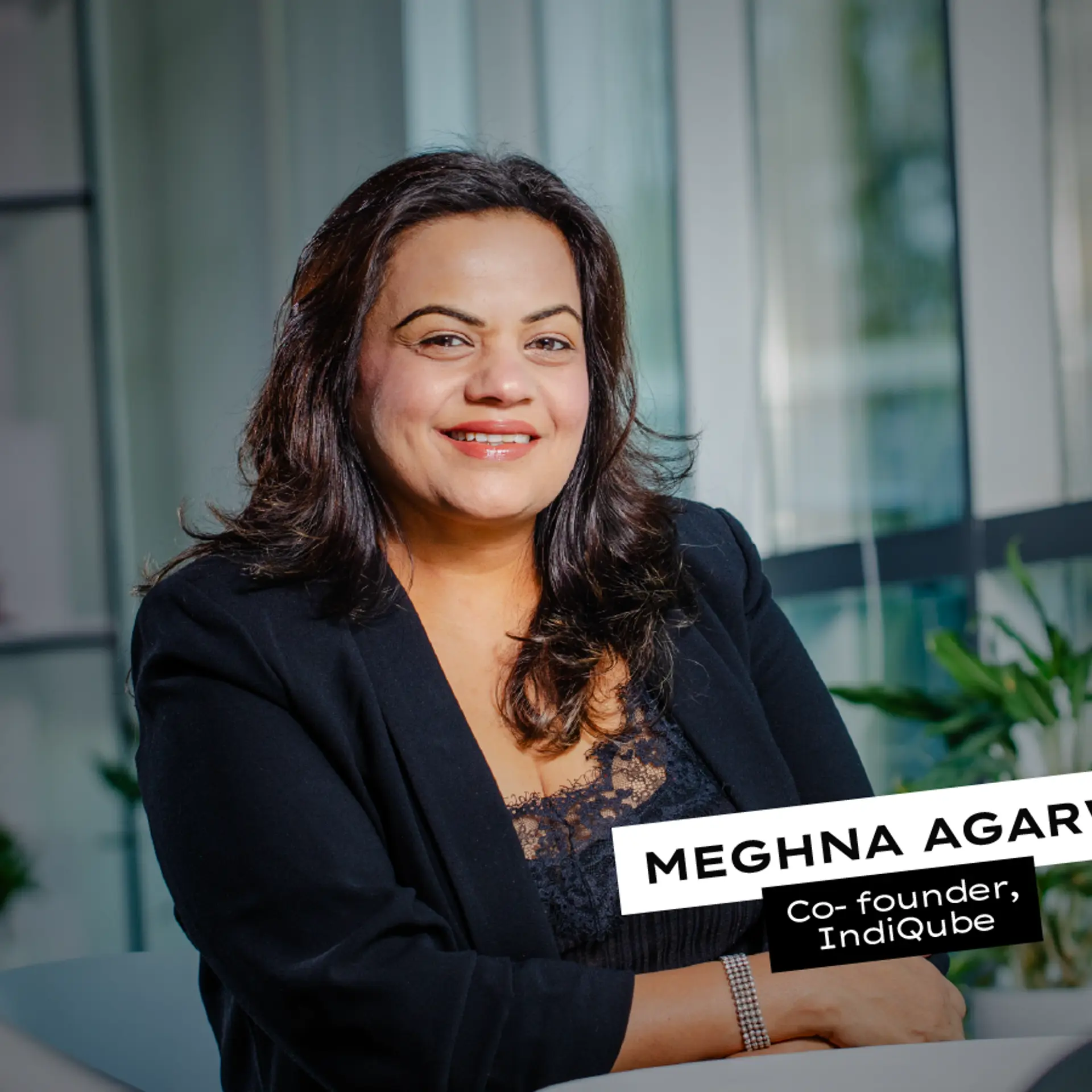How Zomato's IPO showcases the bright side of food delivery
Food delivery, once a small percentage of sales for restaurants, has now become the fastest-growing segment among all the formats in the food industry.
The last couple of years have witnessed the pivot of the F&B industry. Food delivery has taken centre stage as it was the only business that remained open and – consequently – helped numerous restaurant businesses stay afloat and survive. Can you imagine what would have happened to the industry, post-pandemic, without food delivery?
But how did food delivery suddenly become important enough to be the saviour of the entire F&B industry? How could restaurant owners cope with the changing behaviour of customers?
The answer: thanks to online aggregators such as Zomato and Swiggy. It was these and many other local ones that helped identify customers’ changing needs and enable food ordering and delivery. convenient for them to order and deliver food at home.
Apart from the high-street and large restaurant companies, aggregators also put the spotlight on the many home chefs, cloud kitchens, and ancillary businesses that mushroomed amidst the pandemic.
Food delivery, which was once a small percentage of sales for restaurants, has now become the fastest-growing segment amongst all the formats in the food industry. Restaurant companies with a totally different thesis and DNA are also keen to get a slice of the pie.
Value for everyone
Let’s not forget that Zomato and Swiggy are still making losses and the path to profitability is slightly far. The founding team, top management, thousands of their team members, and investors in the company are all betting on the future of food delivery and unit economics improving in the years to come.
Their efforts are enjoyed by all of us: consumers and the entrepreneurs in the food industry. They have also generated millions of jobs in India—mainly delivery partners who do not need to be educated to take up a job that pays them far above the per capita income of an average Indian earner.
Their constant confidence-building efforts around safety ensured that customers kept ordering during pandemic, which helped save thousands of jobs during tough times.
From a customer’s point of view, food delivery is seamless— one can place an order in a few seconds. If there are items missing or if anything is spilled or spoiled, then, within a matter of a few seconds and interacting with a chatbot, we get the refund. Isn’t this a progression we want?
Opportunities for all
The magnitude of the execution is massive: mobilising organised food delivery in over 400 cities in India, with lakhs of restaurants and doing crores of deliveries.
Due to this, there are so many businesses built around the food delivery business. We see multi-brand cloud kitchen operators, micro-entrepreneurs like home chefs, street food vendors, ancillary companies providing software solutions, independent consultants, and more leveraging the opportunity.
This broke the dominance of old-timers and new entrepreneurs, who adopted, excelled, and created value, are winning the race.
Cloud kitchen companies like Rebel Foods, Box 8, and Fresh Menu, and QSRs like Chaayos, Wow! Momo, Keventers, and many more leveraged the aggregators’ partnerships and grew tremendously.
Change is inevitable
I have been fortunate to know a lot of my industry colleagues who believe in a progressive approach and are constantly brainstorming innovative ways to make a business sustainable with a new-age delivery ecosystem.
The entire restaurant industry transitioned from a unit economics understanding of a high-street model to conducting a food delivery business and gradually deepening their partnership with the aggregators.
But, that might not be the right approach. We need to innovate a new unit economics model to leverage the aggregator as a complimenting partner and build a profitable business leveraging them.
In an on-demand food delivery (unlike FMCG), where customers are used to “30 minutes or free”, the bundled service provided by aggregators is unmatched when it comes to a good customer experience. It is also economical on the unit level, when one compares all costs associated with both models.
The #Orderdirect movement, where a lot of software companies have digitised ordering for restaurants, also seems to be a great tool for any restaurateur who is not able to grasp an aggregator-partnership model.
Ask the right questions
Instead of exhausting energy on whether aggregator partnerships are profitable/beneficial or not, let’s try to understand how they work and how restaurants can better leverage them. We must understand aggregators’ unit economics to tweak our models to be mutually compatible. We must study the real estate dynamics on the aggregators’ page and how to leverage each of their banners.
Let us spend more time on asking the right questions to aggregators. These include how their sales funnel works, how to build up impressions/visibility, how to convert more impressions to menu, menu to cart, and cart to order.
Have we ever asked what levers affect these funnel parameters and how we can improve on those?
What influences the aggregator algorithm? We will be surprised that the algorithm is mostly influenced by operational parameters that are the core of any restaurant business.
Customer ratings, kitchen preparation time, average delivery time, wrong or missing order items, and serviceability of our kitchens are a few of the aspects that affect the algorithm of our listing. Why not focus on improving these core restaurant parameters so we can get better real estate (on aggregators’ app), better visibility, and optimum funnel conversions?
Let’s understand each other
We have several complaints with aggregators with regard to commissions, deep discounting, opaque algorithms, and data masking. There are many things that need to be worked upon, but that is true for any business partnership. Isn’t it?
However, we seldom step into their shoes and do the math. The commissions they charge still do not make them unit-level profitable at the average platform level AOV (ranging between Rs 250- 300).
Rewind to a time almost 10 years ago when we used to order from restaurant brochures. The minimum order value was usually Rs 300. Why was that? Because that’s the value they required for them to profitably deliver.
If Zomato and Swiggy had not started lower AOV deliveries, customers would not have ordered as much as they do and their behaviour would not have changed. Perhaps, it takes them that amount (of commissions they charge) to manage their expenses (last-mile delivery is a small part of it).
However, with the rise in AOVs and increasing comfort of customers to pay delivery charges, aggregators will have a window to revisit commissions in the future. Discounting is a universally proven tool to acquire customers, but why do restaurants that are popular participate?
A few popular brands who complain about deep discounting also constantly participate in all discounting campaigns. Why? Ideally, only new restaurants that want to be discovered must participate. We cannot deny new restaurants the opportunity to acquire customers through discounting due to our FOMO.
Regarding data, I strongly believe that if the restaurants are given data of their customers, they could enable better retention. Traditionally, if a customer has walked into our restaurant and not liked the food, we have an opportunity to speak to him and make sure that the customer ends the meal with a smile.
Online, we don’t have an opportunity to connect with the customer and that last bit of hospitality remains incomplete. I hope, in days to come, restaurants can get access to their customers in a controlled way that is a win-win for all.
ALSO READ

Look at the bright side
I started Ghost Kitchens India in May 2019 and have always approached the change from “the bright side”. This has helped reach an order volume of approximately 40,000 orders per month through aggregators.
It is clear that the future of the food business is food delivery through aggregators (due to better customer satisfaction and better unit economics).
Change is difficult to adapt to, but if we don’t, we will be extinct. Many of us aspire to run a company like Zomato or Swiggy. Being born and brought up in Gujarat, the ambition of entrepreneurship is always to create massive value for your customers and shareholders. An IPO is everyone’s dream.
Karan Tanna is the Founder and CEO of Ghost Kitchens India.
Edited by Teja Lele
(Disclaimer: The views and opinions expressed in this article are those of the author and do not necessarily reflect the views of YourStory.)








